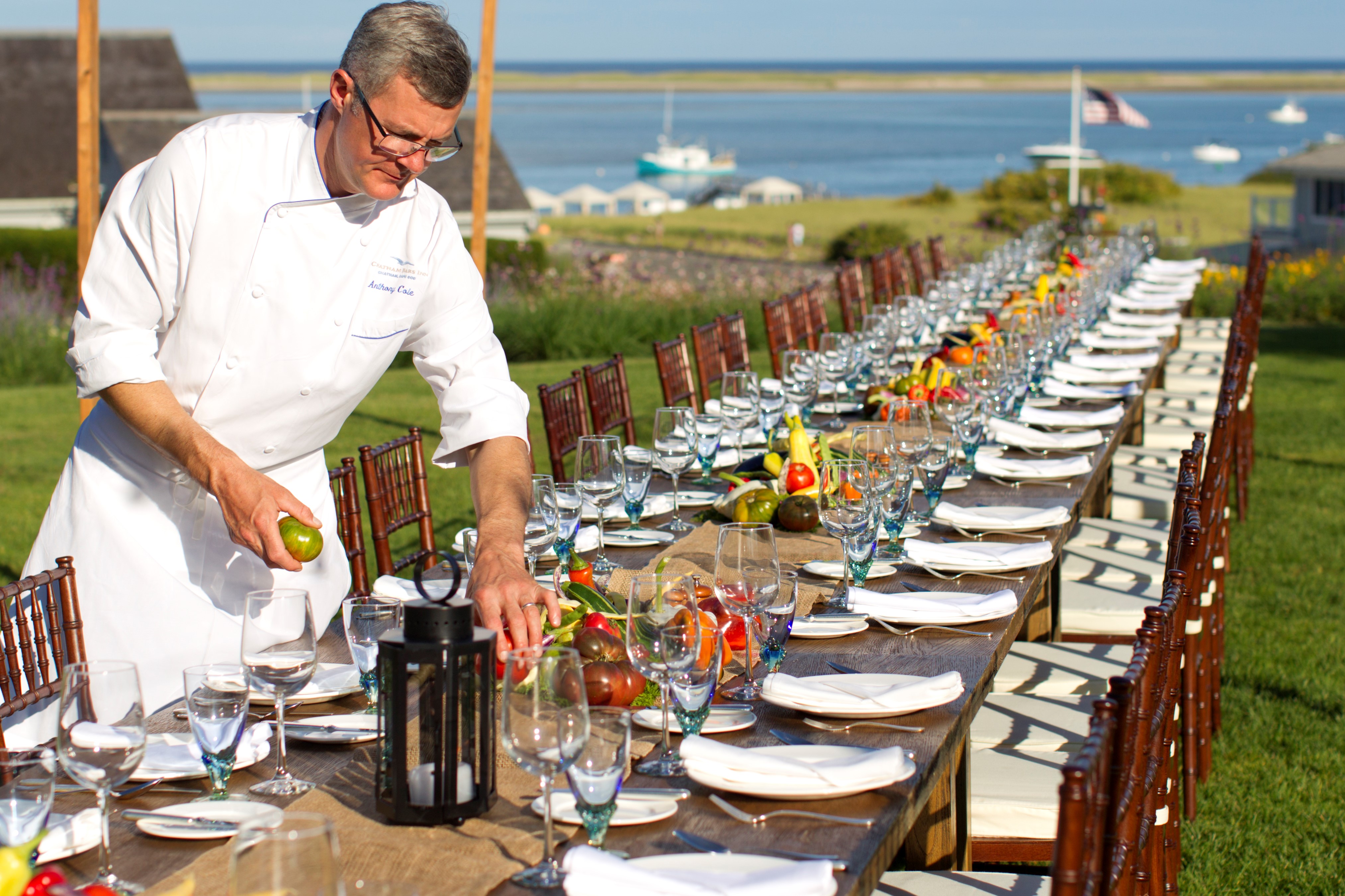Leave it to Frank Lloyd Wright to re-imagine the filling station.
In 1927.
Up ‘til then, a gas station was a fairly simple affair – usually a primitive wooden shack with an outhouse behind it.
But Wright, commissioned by the Tydol Gas Company for a new design, had other ideas – like a cantilevered canopy to protect motorists from the elements, with fuel tanks above and hoses dangling down below. There were innovative indoor restrooms, and two fireplaces at a comfort station, where a customer could relax while the car was serviced. Behind a counter, someone would be selling soft drinks, cigarettes and candy bars.
“It had all the comforts in the world in the 1920s, when we were just coming out of the horse and buggy age,” says Richard Foley, general supervisor for Grove Roofing Services.
Foley should know. He was responsible for copper cladding on the resurrected design built by the Pierce-Arrow Museum in Buffalo, N.Y., nearly a century after Wright submitted it to Tydol executives.
“He designed the filling station, but it was too expensive to build,” he says. “The gas companies could build a shack for a few thousand dollars, not tens of thousands, so it never came about.”
Its blueprints languished in the files at Taliesin West until Jim Sandoro, a collector at the Pierce-Arrow Museum, came across them. It took him 12 years to make it happen, but the filling station was completed last year inside the museum, burnished with the copper skin that Wright specified.
“He loved the green patina when the copper turned,” Foley says. “He was into nature and eco-friendly – he liked to use the products that work with nature.”
Foley estimates that he applied at least 30 squares, at 100 square feet each, onto the structure, including a sophisticated system of soffits and two totems (Wright’s term) to hold the Tydol sign in place. Though the original plans called for neon lighting for the logo, it’s lit with LED today.
“The totems are very complicated,” he says. “There were 250 pieces that were hand-cut, hand-fitted and hand-soldered. It’s full of angles.”
The museum’s now an international hit, with visitors from Europe and Japan making pilgrimages to see it, along with the automobiles that Sandoro and his wife have collected for display.
And it’s an award winner, with a recently announced ornamental award from the North American Copper in Architecture Program.
But it wasn’t cheap. Foley estimates the total cost to build it at $1,5 million, with the copper coming in at $100,000.
“And worth every penny,” one can almost hear Mr. Wright saying…
[slideshow id=1246]

